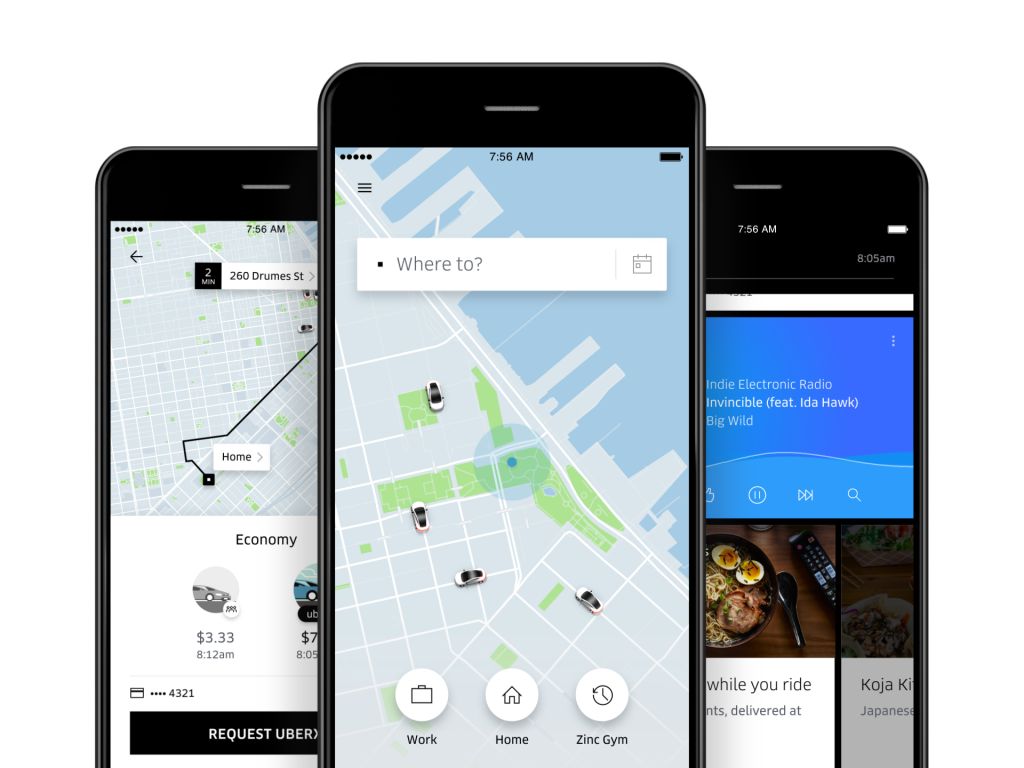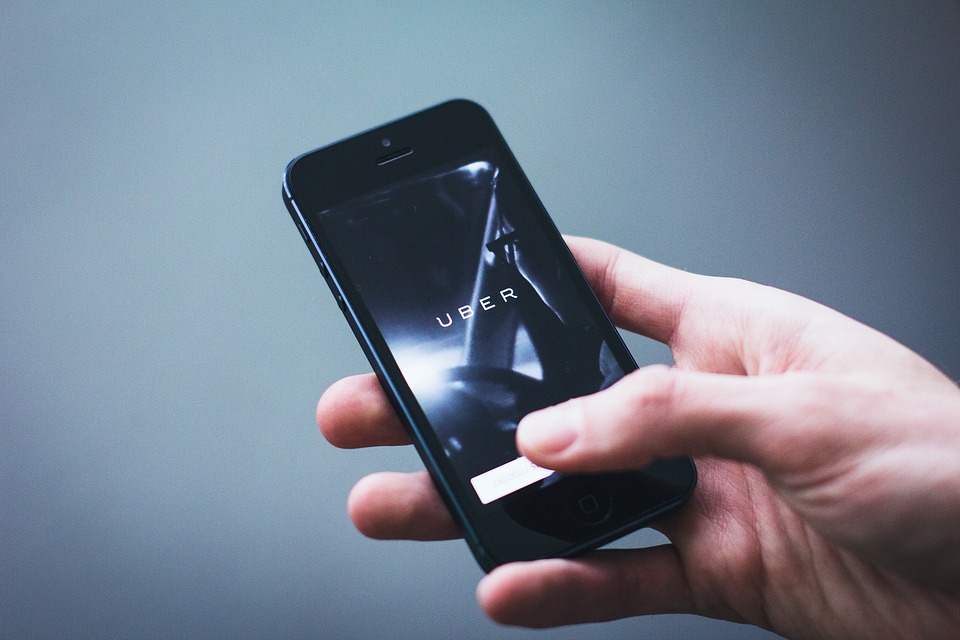Uber is one of the most successful startups of all time. The idea of Uber was born when its co-founder Garrett Camp had to pay $800 to hire a private driver on a New Year’s Eve. The idea was converted into a business called UberCabs in 2009. Initially Uber offered rides only in black luxury cars, and three years later, UberX was rolled out. UberX allowed people to drive for Uber using their own cars. The business took off, and the startup joined the eight-figure decacorn club being valued at over $70 billion in less than 10 years. Uber gives about 1 million rides per day and 14,000 rides per minute and adds about 50,000 drivers per month. Giving customers exactly what they want at a reasonable cost is one of the important reasons for Uber’s success. Uber’s machine learning algorithms play a crucial role in helping the company predict customer needs. Let us discuss how Uber uses machine learning to deliver exceptional customer experiences.
What is machine learning?

Traditionally, humans played a key role in analyzing data patterns and building systems on top of these patterns. When the volumes of data surpassed the ability to manually process it, the need for automation was triggered. This need eventually gave birth to machine learning. In a nutshell, machine learning is about making computers answer questions based on data patterns.
We see machine learning in almost all the systems around us today. For example, when you watch videos of a particular celebrity on YouTube, the system understands that you enjoy content related to that celebrity. The system then recommends similar videos. Here, YouTube’s machine learning systems learn from your browsing data and predicts your likes. The same logic is applied in systems like Facebook’s photo tagging recommendations, auto-correct and text prediction in mobile phone keyboards, and so much more.
Machine learning is at the core of Uber
Uber’s decision-making is completely data-driven with machine learning at its core. Uber leverages machine learning in many ways to make the customer experience better. For example, when you tap the destination field, the app shows you suggestions based on your ride history and frequently traveled destinations. Here are some interesting ways in which Uber leverages machine learning to streamline the business process.
Bridging the supply-demand gap
Based on historical data, Uber predicts the time and areas of demand. The system uses these predictions to alert drivers of the areas with upcoming demand. This way, Uber makes sure that there are enough cabs in the predicted areas of demand and bridges the supply-demand gap. Demand prediction systems enable the app to slightly increase the prices during peak hours, eventually increasing profitability.
Customers don’t wait when cabs are not instantly available, they just book a ride from a different service. Customer retention is very important for a service like ride-hailing. Getting a new customer can take up to six to seven times more effort than retaining an existing customer. The supply-demand gap can affect customer retention to a great extent. But Uber’s machine learning based demand predictions prevent Uber from losing customers to its competitors.
Reduction in ETA

The time wasted in road traffic is one of the most frustrating problems in the urbanized areas. This gets worse when cabs take longer to reach the pickup point. But, Uber’s machine learning algorithms have a solution for this issue too. By predicting demand and keeping cabs ready, Uber reduces the expected time arrival (ETA) when a customer makes a booking. By reducing a lot of wait time, Uber always makes the customer experience better. The perfect blend of customer satisfaction, loyalty programs, and referral bonuses has resulted in a massive expansion in the customer base just through word of mouth.
Route optimization
Conventional ride-hailing systems require the driver to make assumption-based route choices. This method is not reliable because the travel duration through the same route might change based on traffic jams, weather conditions, and road maintenance schedules. But Uber’s machine learning system updates the app with the conditions in every route and suggests the fastest route to the driver. This way, Uber helps its drivers avoid congestion and enables faster rides. Besides making the customers happy, faster rides also enable drivers to get additional time to take on more rides.
AI-based one-click chat
Riders tend to message drivers while they wait for the cab. Most of the time, riders do this to check the status when they see the cab barely moving in the app. It is difficult for drivers to type a reply while driving. So Uber came up with an artificial intelligence-based concept called the “one-click chat.” The one-click chat leverages natural language processing and machine learning techniques to predict responses to common messages. This way, drivers can easily respond to the messages by just clicking on one of the suggested replies.
Uber Pool
During rush hours, it is difficult to make individual cabs available for everyone. But ridesharing solves this problem by matching the riders heading in the same direction. Also, the pooling feature makes the rides more economical by reducing the fares by 25 percent to 40 percent. Machine learning algorithms decide which rider to drop first based on the data gathered from maps. Also, the app uses historical data and patterns to understand peak hours and surge prices accordingly.
Machine learning in Uber’s robotaxi

Autonomous vehicles are the future of the transportation industry. Uber is one of the super-successful companies that is dumping millions into driverless cars. Uber’s robotaxi aims to compete with Google’s Waymo and General Motor’s Cruise. Uber rolled out their autonomous cars in 2015 when self-driving cars were only thought about as fiction. These autonomous cars, however, had a driver take control when things get rough.
Machine learning is the core technology behind the decision-making of Uber’s driverless cars. It is the machine learning algorithms that harness the data gathered from various sensors like lidar, radar, and cameras deployed in the vehicle and direct the actuators accordingly. Sensors will only be able to detect the obstacles on the road. It is the machine learning algorithms that help the vehicles figure out if the obstacle is a pedestrian or an object or another vehicle. Based on this analysis, the cars decide whether to use the horn or to break the speed or to take a diversion. This type of machine learning is called machine vision.
Uber: Innovation despite scandals
Uber is not just about hiring vehicles but innovation. Uber has been often plagued with scandals, regulatory troubles, and lawsuits. In 2016, Uber didn’t make any profit at all. Uber was once boycotted by some celebrities in the United States who also tried to spread the idea using the hashtag #DeleteUber. Uber was sued by Google’s parent company Alphabet because its former employee Anthony Levandowski allegedly stole some files when he was working with Google and used the data for Uber’s project. Despite these setbacks, Uber always managed to keep moving forward with innovative ideas like self-driving cars, hot-air balloon transportation, food delivery services, Uber boats, and even a helicopter service called the UberCHOPPER. Uber even has plans of rolling out flying taxis. The company seems to be quite serious about its future project called “Elevate,” which aims to bring aviation to everyday people. This ambitious plan will be implemented within the next decade.
Featured image: Shutterstock



